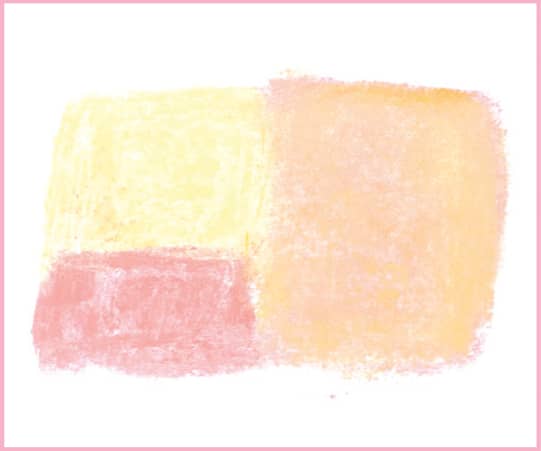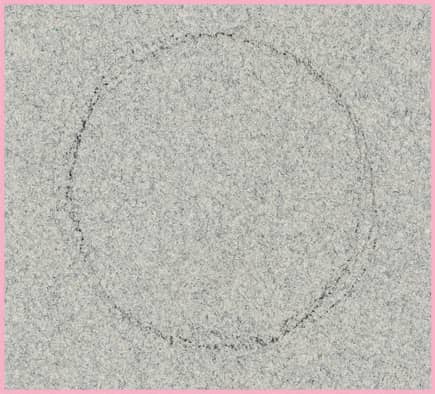Drawing Techniques
Linear Strokes
Use the tip of the chalk (just as you would a pencil) to create thin lines and shapes.

Side Strokes
Use the side of the chalk to shade larger areas. Press lightly for less color, and apply more pressure for darker color.

Smudging
Color with chalk on the paper. Then rub it gently with a tissue, cotton ball, or paper towel.

Blending
Create subtle lines or shadows by using a cotton ball or your fingers to blur the edges of the chalk between two colors.

Color Mixing
Create new colors and effects by starting with one color of chalk and blending other colors over the top.

Hatching
To shade an area, draw many lines of chalk parallel to each other. The closer the lines are together, the darker the shading will appear.

Crosshatching
Begin by using the hatching technique, and then add more lines perpendicular to the first set. As with hatching, the closer the lines are, the more saturated the color will appear.

Gradation
Gradually increase the pressure used on the chalk to increase the saturation of color, or gradually decrease the pressure to make the color more subtle.

Wet Chalk
Soaking chalk in water before use will give it a creamier texture, more saturated color, and smoother application. Wetting the paper will have a similar effect.

Chalk Pastels
Unlike oil pastels, which are oil-based, chalk pastels are made primarily of chalk. There are a variety of chalk pastel shapes and sizes, and they also range from hard to soft.

Sidewalk Chalk
Sidewalk chalk is usually longer and thicker and is often made up of rougher material which may scratch the surface of some chalkboards. It is made to be used on concrete or pavement. Try using it both dry and wet for different color effects!
Chalkboard Chalk
Chalkboard chalk is usually longer, thinner, and softer and may not stand up well on the rough surfaces outside. Although once made of calcium carbonate, most chalks are now made from the mineral calcium sulfate.

Paper Texture
Create different effects with different paper textures. The rougher the paper, the more chalk will be transferred in a single stroke.
Smooth Paper

Textured Paper

Laid Paper

Watercolor Paper
Paper Color
Colored paper can help make your drawings more realistic. See how easy it is to draw a round ball using just black and white chalk on gray paper?

Use black to lightly draw a circle.

Color a “C” shape for the shadow. Add a white highlight on the top right side.

Blend the chalk in a circular motion.


 Tip
Tip 
